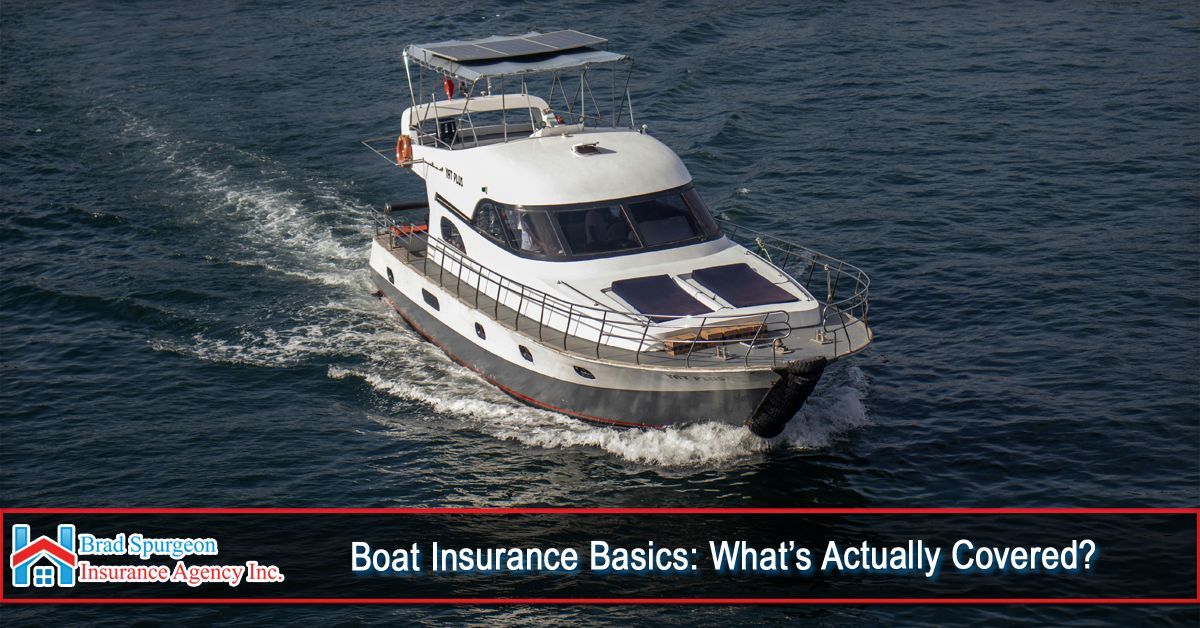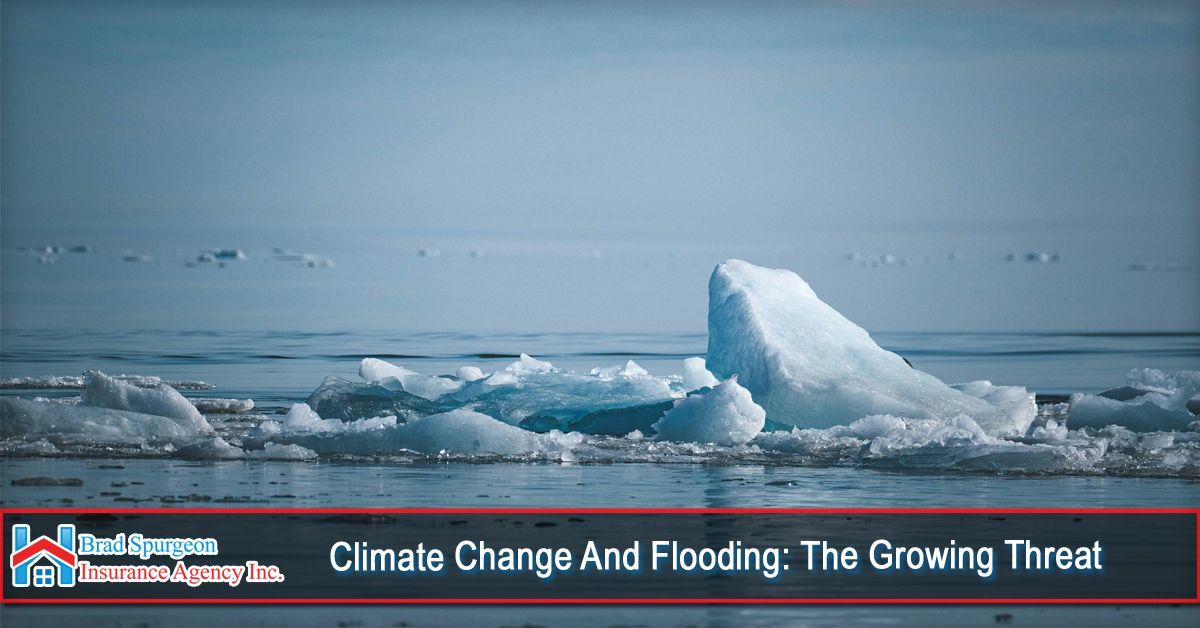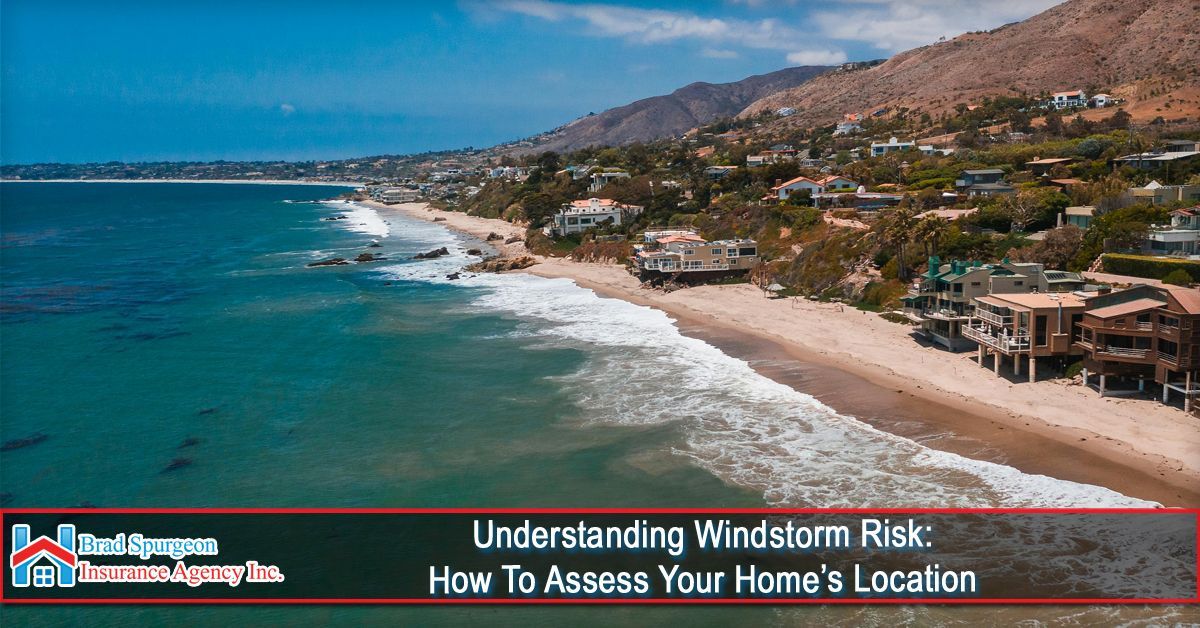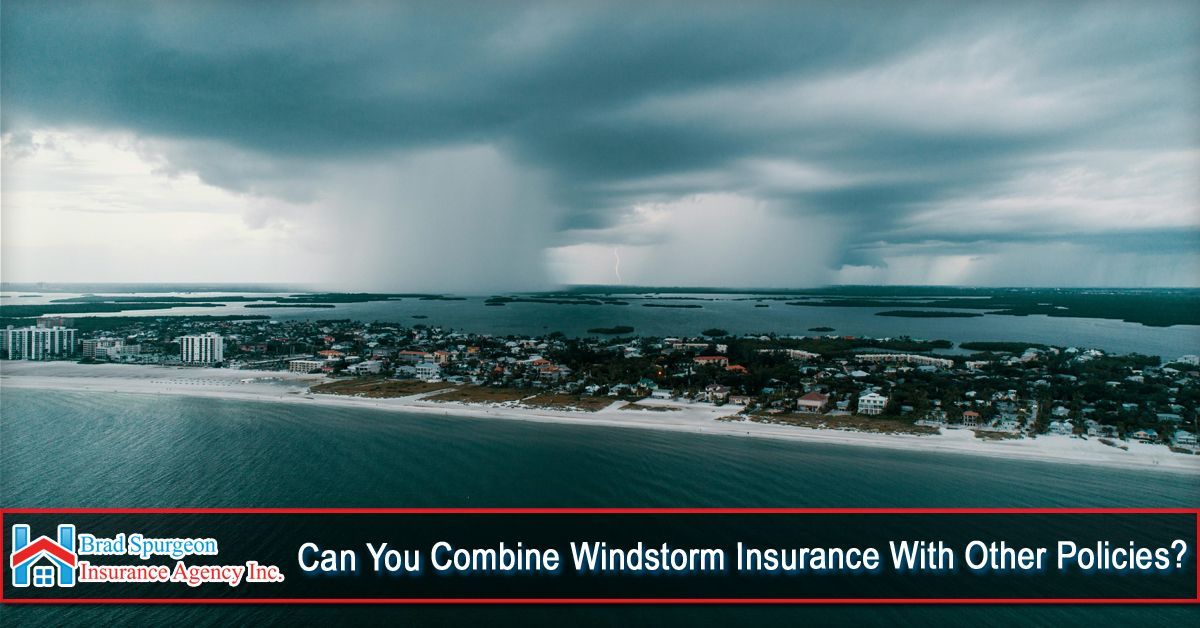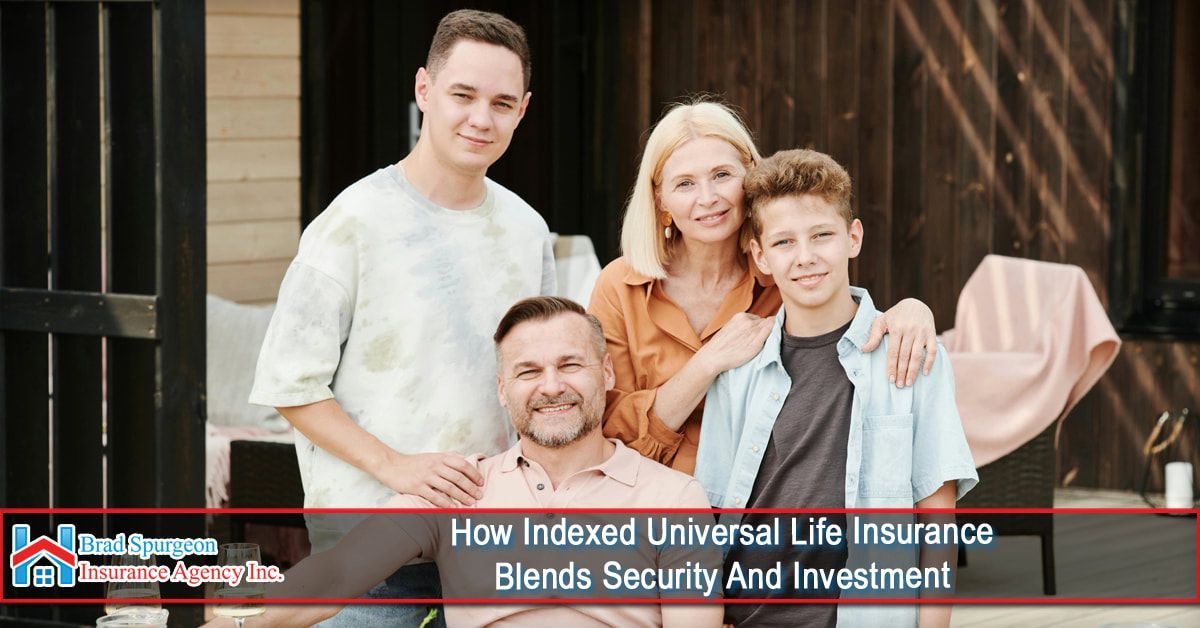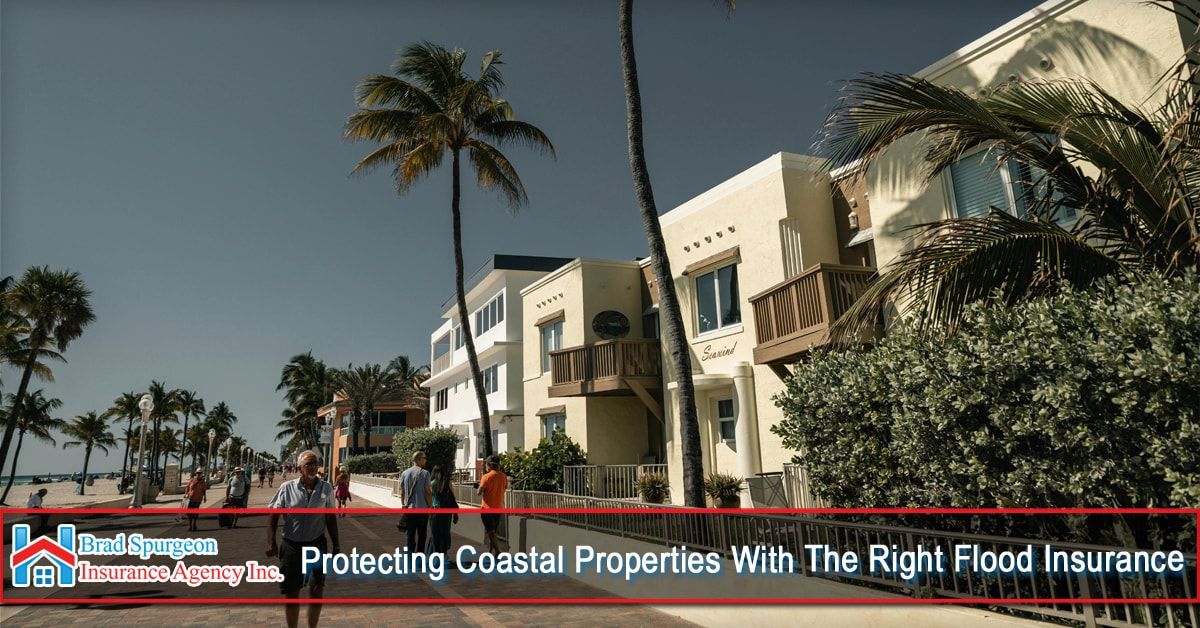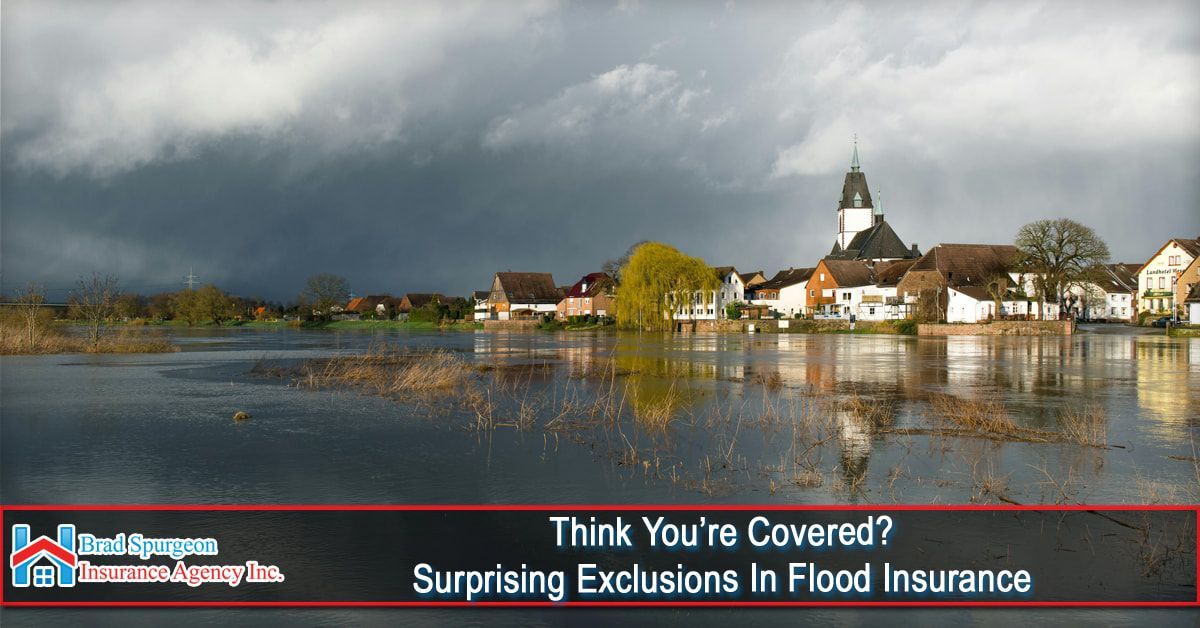When disaster strikes, homeowners often turn to their insurance policies for peace of mind—only to discover too late that certain types of damage aren’t covered. Flood insurance is one of the most misunderstood forms of coverage, and even those who have it may not realize what it doesn’t protect against.
Whether you live in a high-risk flood zone or just want to be prepared, understanding the exclusions in your flood insurance policy is essential. Let’s break down what flood insurance typically covers—and what it often leaves out.
Flood insurance is a specialized policy that provides financial protection for losses caused by flooding, which is not covered under standard homeowners insurance. In the U.S., most flood insurance policies are provided through the National Flood Insurance Program (NFIP), managed by FEMA, though private flood insurance options also exist.
Flood insurance usually includes two types of coverage:
- Building Property Coverage – Covers the physical structure of your home (foundation, electrical, plumbing, appliances, etc.).
- Personal Property Coverage – Covers your belongings (furniture, electronics, clothing, etc.).
However, despite these protections, there are several surprising exclusions that policyholders often overlook.
Here are some of the most common things not covered by standard flood insurance policies:
🚫 1. Water Damage Not Caused by Natural Flooding
Flood insurance only covers damage caused by natural flooding—defined as an overflow of inland or tidal waters, or a rapid accumulation of surface water from heavy rain. Damage caused by:
- Broken pipes
- Sewer backups (unless directly caused by flooding)
- Leaking roofs or appliances
...is not covered under flood insurance. These may be covered under your standard homeowners policy or a separate endorsement.
🚫 2. Basements and Below-Ground Areas
Flood insurance covers very limited items in basements, crawl spaces, or other areas below ground level. Typically excluded are:
- Finished walls and floors
- Furniture and electronics
- Personal belongings stored in basements
Covered items usually include only essential systems like furnaces, water heaters, and circuit breakers.
🚫 3. Additional Living Expenses
If your home becomes uninhabitable due to flooding, standard NFIP flood insurance does not cover the cost of temporary housing, food, or relocation expenses. This is a major gap that many homeowners don’t anticipate.
🚫 4. Landscaping and External Property
You won’t be reimbursed for damage to:
- Lawns, trees, shrubs
- Decks, fences, patios, or swimming pools
- Detached garages or sheds (unless specifically listed)
🚫 5. Mold, Mildew, or Moisture (Without Prompt Action)
If mold or mildew develops because the homeowner failed to act quickly after a flood, the damage may be excluded. It’s the homeowner’s responsibility to begin cleanup as soon as it’s safe to do so.
🚫 6. Business Interruption (For Commercial Properties)
Flood insurance does not cover lost income or operating expenses for businesses, unless additional business interruption coverage is purchased separately.
If these exclusions concern you, you’re not alone. Here are some ways to enhance your flood protection:
✅ Consider Private Flood Insurance – Some private insurers offer broader coverage, including additional living expenses and higher limits.
✅Add Endorsements to Your Homeowners Policy – You can often add sewer backup or water damage coverage separately.
✅ Create an Emergency Fund – Having extra savings can help fill coverage gaps and speed up recovery.
✅Document Your Belongings – Maintain an up-to-date home inventory with photos and receipts for all valuables.
✅ Consult an Insurance Agent – Review your policies annually and ask detailed questions about exclusions and supplemental options.
Flood insurance is a powerful tool—but it’s not a blanket solution. Knowing the limits and exclusions of your policy can help you plan more effectively, avoid surprise expenses, and protect your property more comprehensively.
Don’t wait until after a flood to find out what isn’t covered. Take the time now to review your coverage, explore supplemental options, and ensure your home and finances are truly protected.
At Brad Spurgeon Insurance Agency Inc., we aim to provide comprehensive insurance policies that make your life easier. We want to help you get insurance that fits your needs. You can get more information about our products and services by calling our agency at (409) 945-4746. Get your free quote today by CLICKING HERE.
Disclaimer: The information presented in this blog is intended for informational purposes only and should not be considered as professional advice. It is crucial to consult with a qualified insurance agent or professional for personalized advice tailored to your specific circumstances. They can provide expert guidance and help you make informed decisions regarding your insurance needs.
